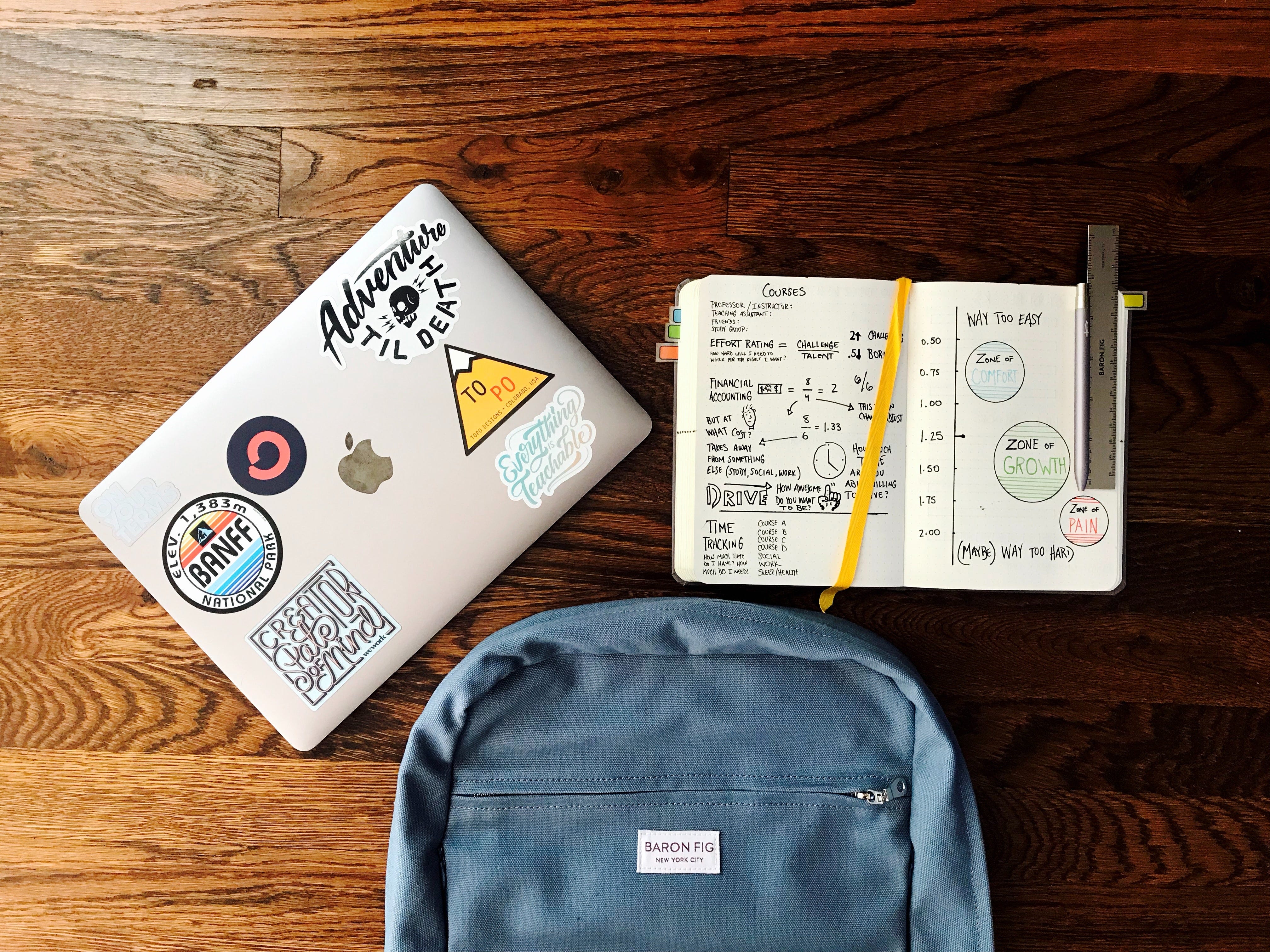
Background
When selecting a major, I wanted to pick a subject that guaranteed a job after graduation.
It was around this time that data science started to become a hype. Harvard Business Review had just dubbed it as the “sexiest job of the 21st century.”
There were only one or two universities in the country offering a major in data science at that time, and I enrolled in one of them.
Just like everyone else pursuing the major, I was excited. I was going to learn the skills necessary to be at the forefront of a newly emerging technology!
Unfortunately, things didn’t exactly work out that way.
It was a mess

Two years into the course, and I realized I wasn’t actually learning anything.
Since we were the first batch of data science students, it seemed like the university’s data science faculty wasn’t properly set up yet.
The lecturers had little to no knowledge on the subject, assignments were copy pasted from textbooks, and classes were not properly structured.
As a result, none of us had a solid foundation in any aspect of data science.
Even after I finished an entire semester of machine learning (and getting an A in the class), I had little to no grasp on the topics taught.
An example of how poor our understanding of the subject was when my friend (also a straight-A student) asked me what “supervised learning” meant after completing the entire semester.
After two years, I realized that I wasn’t going to have the skills I needed to add value to the job market unless I did something. Fast.
Creating my own learning path

I was going to university full time and was involved in several club activities. I also tutored part-time during the weekends.
However, all this stopped a few months back when the government imposed a nationwide lockdown.
Suddenly, I had time on my hands. A lot of it.
I decided to use this time to teach myself data science. I started out with little expectation since I doubted my ability to pick up on the topics I needed to learn.
I had little programming experience and no understanding whatsoever of any data science topic.
I had to start from scratch.
I started out with a course called “Python for Data Science and Machine Learning Bootcamp,” which taught me the very basics of data science in Python. This course sparked my interest in data science. The lecturer’s enthusiasm rubbed off on me.
For the first time in very long, I actually felt as though I was learning something.
I realized that it was possible for me to learn everything I had to know on my own, through the resources available online.
I spent around 7–8 hours watching online courses, reading, and doing projects. With trial and error, I created a learning path that worked for me.
I learned more in one month than I did in two years of my degree program.
After a month, it was announced that we were to start online classes in university.
This took up a huge portion of my day, and I barely had time left to self-learn or do my own projects. Since the classes weren’t very helpful, I decided to skip them altogether.
However, some of my lecturers are pretty strict about attendance.
One of them reported me for missing two week’s worth of classes, for which I produced a medical certificate.
I still didn’t think attending classes was worth my time, so I installed the Microsoft Teams app on my phone and joined class every day while I self-studied my own material.
I would then stay up all night to complete my university assignments, mid-terms, and exams. Despite never going to class, I had no problem doing the coursework because I had already taught myself to do all those things.
I did this for a couple of months and completed the entire semester without attending a single class.
Learning how to learn

When self-studying, there are no exams to test you, no competition, and nobody to learn with.
This can make it difficult to stick it through, especially for those of us who are used to school and college environments.
Most of us learn to pass exams, get good grades, and come out top in class. We thrive under these circumstances, because there are deadlines approaching and there is a need to study.
Self-studying taught me how to learn for the sake of learning.
My learning was fuelled by curiosity, and nothing else.
I’d spend hours staring in front of a computer screen trying to fix broken code. I would go to sleep at 9am in the morning after studying and completing college assignments.
The only reason I could stick it through was that I was curious and hungry to learn more. I loved working on new projects and learning to use new tools.
I was inspired by senior data scientists who self-learned and created their own learning path and wanted to follow in the same footsteps. This motivation kept me going.
The Results
In just a few months of self-learning, I taught myself so much more than I ever imagined was possible.
I created a variety of data analysis projects, made tutorials for beginner data scientists, built my own portfolio website from scratch, and got a data science internship.
These couple of months have opened up many new doors for me, and I finally feel like I am enjoying what I do.
Of course, there is so much I still don’t know, and there is a long way ahead. I am eager to learn new things as I go along.



